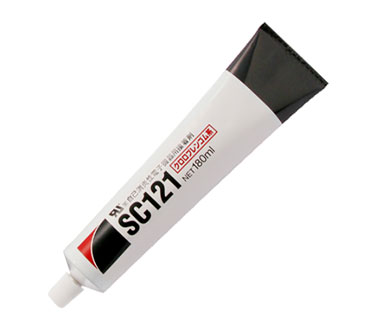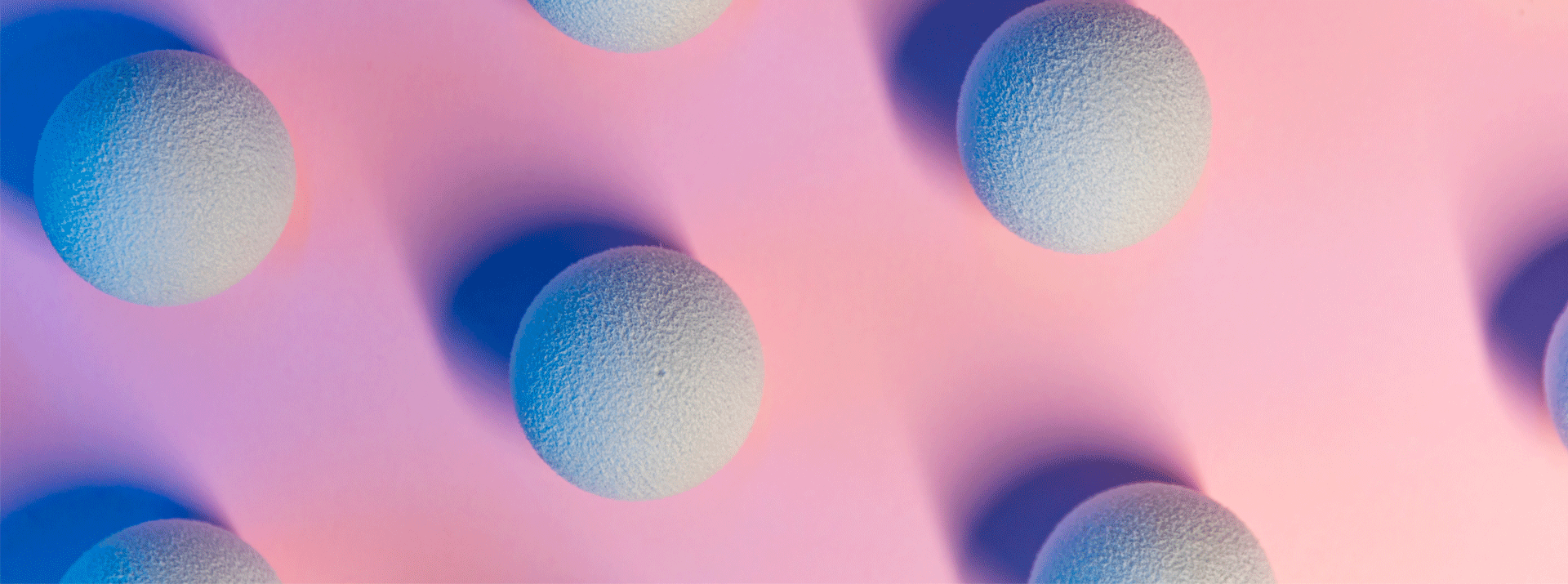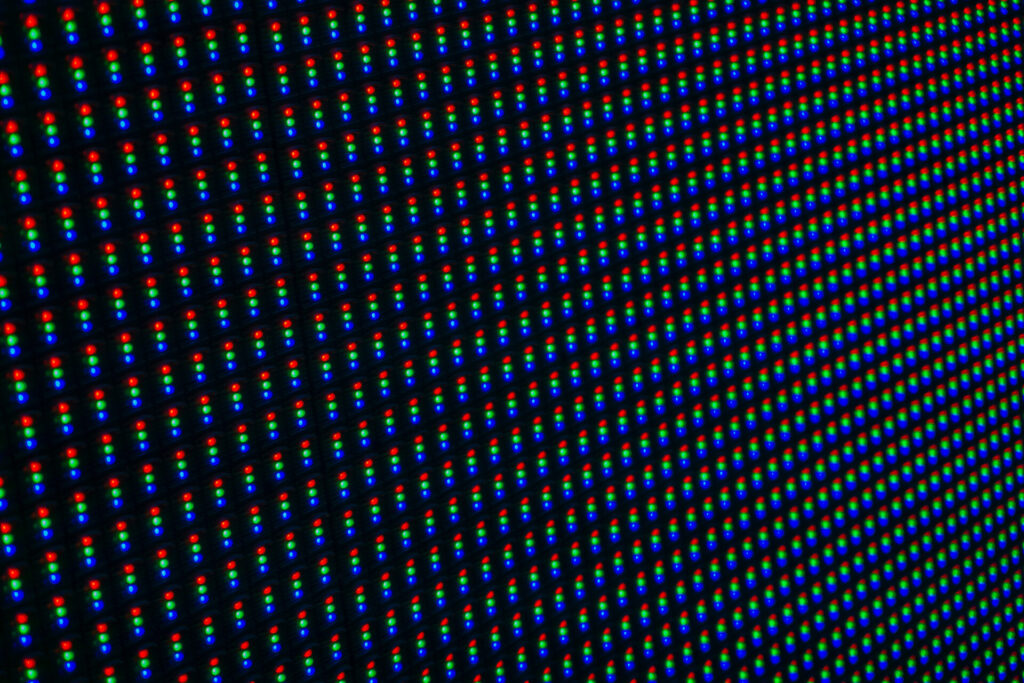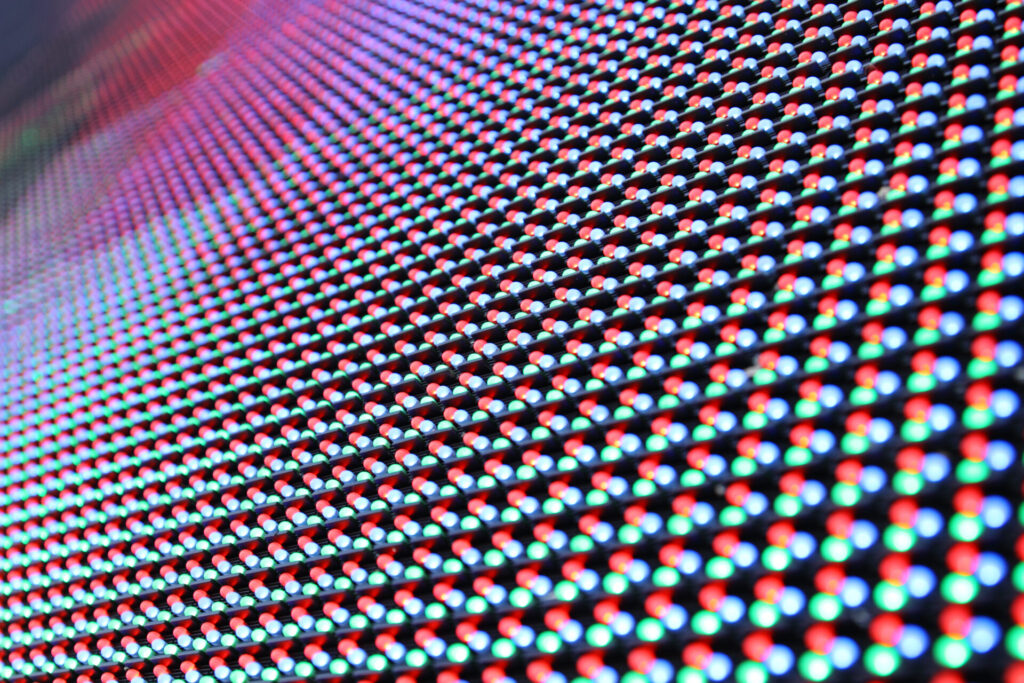
- Bonding Products
Discover the Basics of “Adhesion”– Understand the Differences Between Adhesives and PSAs (Pressure Sensitive Adhesives)
Contents
Explore the Key Differences between Adhesives and Pressure Sensitive Adhesives (PSAs)
The major difference between adhesive and PSAs (pressure sensitive adhesive) is that adhesive is a substance that gives or promotes adhesion with chemical reactions, such as glue. On the other hand, PSAs provide or promote adhesion without chemical reactions at around room temperature, such as a sticky note.
The “adhesive” and “PSA” produced by Dexerials have the same function of attaching (fixing) things together.
Therefore, PSAs are also classified as a type of “adhesive.”
Regarding phenomena, PSAs can be treated as a part of adhesive, but the product design concept is quite different.
The major characteristics of PSAs are that they can be joined by small pressure at room temperature, most products can be re-peeled, and they adhere well to anything. However, their adhesive strength is relatively small compared to adhesive.
If object A and object B are glued together and you try to forcibly peel it off, either A or B or both objects will eventually break. In contrast, in the case of PSAs, when you try to peel it off, the PSAs holding the two together between A and B will break, but A and B will remain in their original state, unbroken, and can be reused.
This property is why parts such as smartphone touchscreens are fixed with PSAs instead of adhesives.
With PSAs, they can be restored to their original state by using PSAs again, even after the parts have been peeled off for repair.
On the other hand, adhesives are used to fix components that must not be peeled off, such as circuit boards, because of the need for strength.
Understand How Adhesives and PSAs Facilitate Adhesion
The principle of how things stick together differs between adhesives and PSAs.
Reactive adhesives generally bond objects by causing chemical changes from their original state through heating or other triggers.
PSAs, on the other hand, are substances with their own viscosity and elasticity and remain stable even after adhering to an object.
PSAs do not use water, solvents, or heat and stick to objects at room temperature for a short time with only slight pressure.
When adhesives bond objects together, the following four changes occur at the interface.
1. Anchor Effect
Even objects that appear to be flat have small surface roughness in the microscopic world.
Adhesives penetrate these uneven surfaces and harden to form bonds.
2. Electrostatic Effect
Adhesion occurs due to the action of static electricity caused by the electrical bias between adherents. This is the same principle as the phenomenon that when a plastic underlay is rubbed against a hair, the hair is attracted by electrostatic force and stands on its side.
3. Chemical Bonding
Adhesion occurs when molecules are scientifically bonded at the interface between adherents. Curable adhesives such as epoxies utilize this principle.
4. Interdiffusion
Adhesion occurs when the surface of the adherend is melted, and the molecules are entangled and hardened. Volatile adhesives used for plastic models, etc., mainly composed of solvents, utilize this principle.

Due to the difference in mechanism, adhesives and PSAs have their special environments and purposes of use. PSAs are good at continuously bonding smooth objects by processing them into tape or film form.
In contrast, liquid adhesives are suitable for bonding objects of various shapes because they can
penetrate and cure in uneven or confined spaces.
The “thicker” the adhesive, the stronger the adhesion.
Adhesives used in “must not peel” situations resist the force of peeling not only by the adhesive strength of the interface, but also by the physical properties of the adhesive.
When some force is applied to the bonded object, the entire resin of the cured adhesive absorbs part of the force that tries to peel off in the form of deformation (or elastic deformation), preventing peeling.
Therefore, the thicker the cured adhesive as a whole (bulk), the greater the amount of deformation, and as a result, the greater the adhesive strength. Therefore, when using adhesives, it is important to design the elasticity of the resin after it hardens to obtain the necessary adhesive strength.
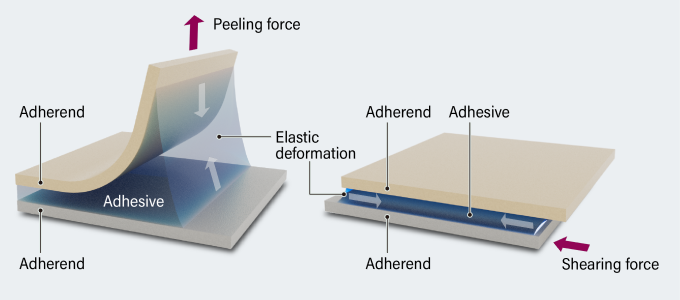
Surface treatment is important for good adhesion.
For bonding, it is very important to make the object’s surfaces to be bonded “sticky” to each other, not just the adhesive or PSA used.
Liquid adhesives spread like drops of water when applied to the adherend.
The larger the area to be bonded, the stronger the adhesion, so substances with high interfacial “wettability” will bond more easily.
Substances such as Teflon, silicone, polyethylene, and polypropylene are difficult to bond because of their liquid-repelling properties. (low wettability).
In addition, when adhesives cure, anchor curing (anchor effect) is enhanced if the surface is rough and has a surface roughness.
For this reason, various surface treatments are used in the adhesive field, such as roughening the interface by exposing the adherend to electric discharge or fire.
1. Plasma Treatment
A method of cleaning surfaces with gas ions such as argon, helium, nitrogen, and oxygen and generating functional groups (amino, carboxyl, hydroxyl, and aldehyde)
2. Corona Treatment
Exposure to corona discharge generates functional groups and roughens the surface
3. Primer Treatment
A method of applying a primer (must be selected according to the adherend)
4. Flame Treatment
A technique in which the surface is exposed to fire to generate functional groups. Used for polyolefin, etc.

It is very important to select the most suitable adhesive or adhesive agent according to the use environment, purpose of use, material, etc., and to prepare the adherend in advance, such as surface treatment, etc., to successfully bond objects to each other.
- SHARE
 Back to top
Back to top  Contact us
Contact us 


